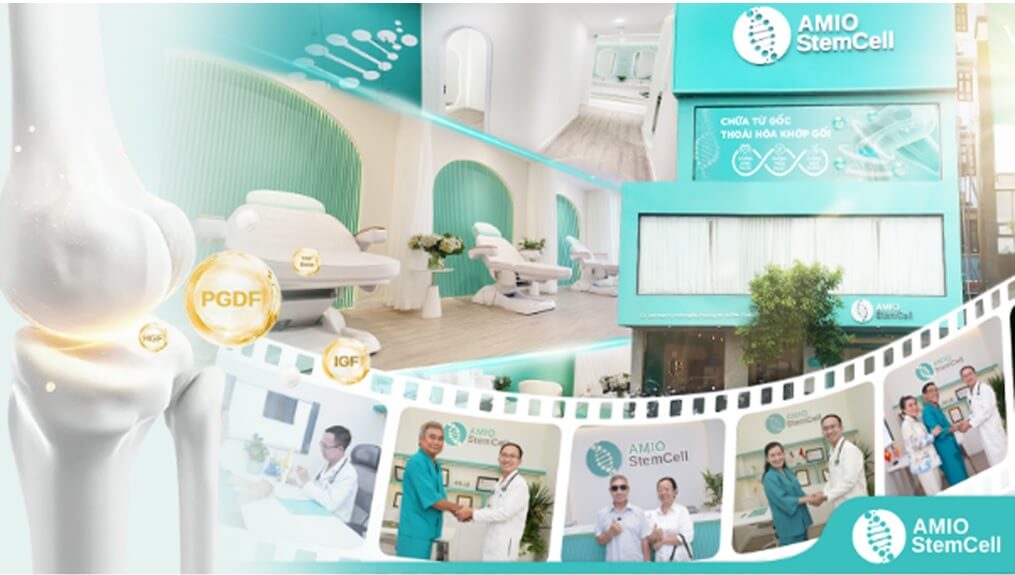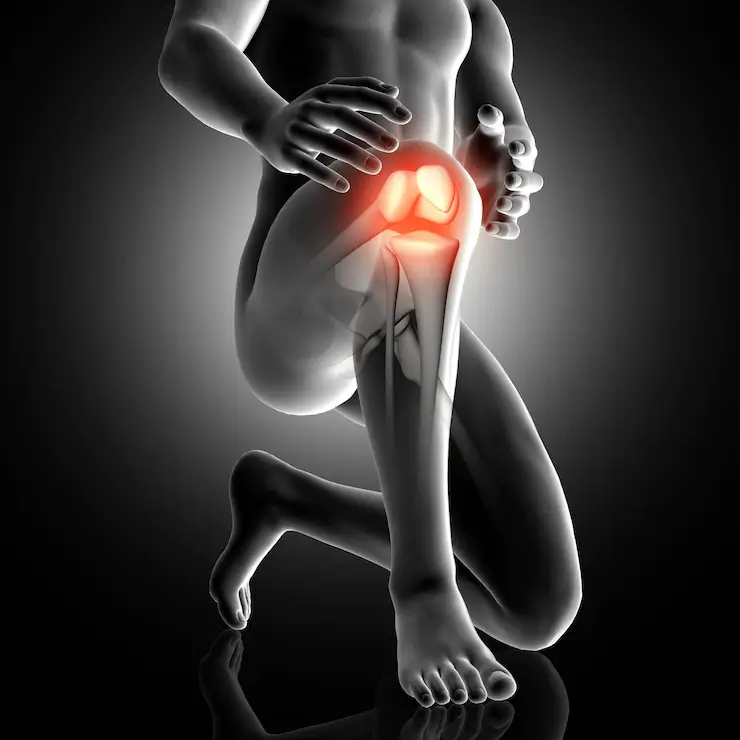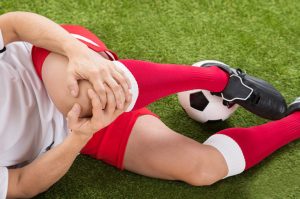KNEE OSTEOARTHRITIS
DO YOU UNDERSTAND ALL ABOUT THIS DISEASE?
DO YOU UNDERSTAND ALL ABOUT THIS DISEASE?
“Knee osteoarthritis,” in essence, is the degeneration of the knee joint. As knee osteoarthritis progresses, bone spurs develop around the cartilage surfaces. Individuals with knee osteoarthritis may encounter difficulties in lower limb mobility, impeding daily activities and work.
Bone spurs can cause pain and discomfort around the knee joint and compress nerves, leading to numbness, loss of sensation, and reduced mobility, affecting walking.

Amio Stemcell takes pride in being a clinic meeting international knee joint care standards.
Knee osteoarthritis involves the formation of small bony projections on the bone’s surface, where the outer cartilage layer has been lost. It leads to the development of bone spurs, causing pain, numbness, and difficulties in activities such as walking, bending, sitting, standing up, and climbing stairs.


However, bone spurs almost go unnoticed when they first form, and patients are often unaware of their presence. By the time they seek medical evaluation and treatment, the condition has advanced to a severe stage, significantly impacting knee joint function.

The risk of developing knee osteoarthritis increases with age. Over time, the knee joint cartilage becomes weaker, thinner, less flexible, and more susceptible to damage.

In some cases, cartilage loss leading to knee spurs can result from physical injuries to the knee region, such as:
– Torn or ruptured anterior cruciate ligament (ACL)
– Dislocated patella (kneecap)
– Cartilage tears

Regular physical activity helps lubricate the joints and promote knee joint circulation. In addition to lubrication and reduced friction, this synovial fluid also nourishes the knee joint. Therefore, a sedentary lifestyle with limited physical activity can lead to poor joint fluid circulation, weakening knee joint health, and increasing the risk of damage and bone spur development.

Knee spurs are most pronounced in stages 3 and 4, as bone spurs begin to compress and exert pressure on the nerves and tissues around the joint, resulting in the following symptoms:
Knee osteoarthritis progresses through four stages, each corresponding to different degrees of severity:

The diagnosis of knee osteoarthritis involves a comprehensive health examination. The doctor will review your medical history and inquire about recent symptoms to make an accurate diagnosis and recommend appropriate treatment. After a general check-up, some advanced clinical diagnostics may be performed to provide a clear understanding of your condition. These may include:
Leveraging cutting-edge advancements in modern medicine, AMIO StemCell offers a standardized American approach to treating ankle joint degeneration using Bio Nano Cell therapy, a form of stem cell therapy.
Bio Nano Cell operates on automatic search, repair, and complete replacement of damaged cells caused by aging with new, healthy cells. This therapy offers several benefits:
– Rapid Pain Reduction: Significantly reduces symptoms like pain, stiffness, and joint rigidity.
– Accelerated Cartilage Regeneration: Enhances the body’s natural healing processes, forming new cartilage and bolstering the body’s self-healing capabilities.
– Improved Joint Lubrication: Enhances joint lubrication, eliminating dry joint conditions.
– Slows Down the Aging Process: Slows down joint cartilage aging and damage.
– Collagen Supplementation: Stabilizes the joint cartilage structure.
– Enhanced Mobility: Improves joint mobility, durability, and flexibility.
Notably, this is a treatment for joint degeneration that does not require medication or surgery and allows patients to continue their daily activities without needing prolonged rest. Bio Nano Cell therapy is considered a leading choice for joint degeneration treatment in the United States and Europe.